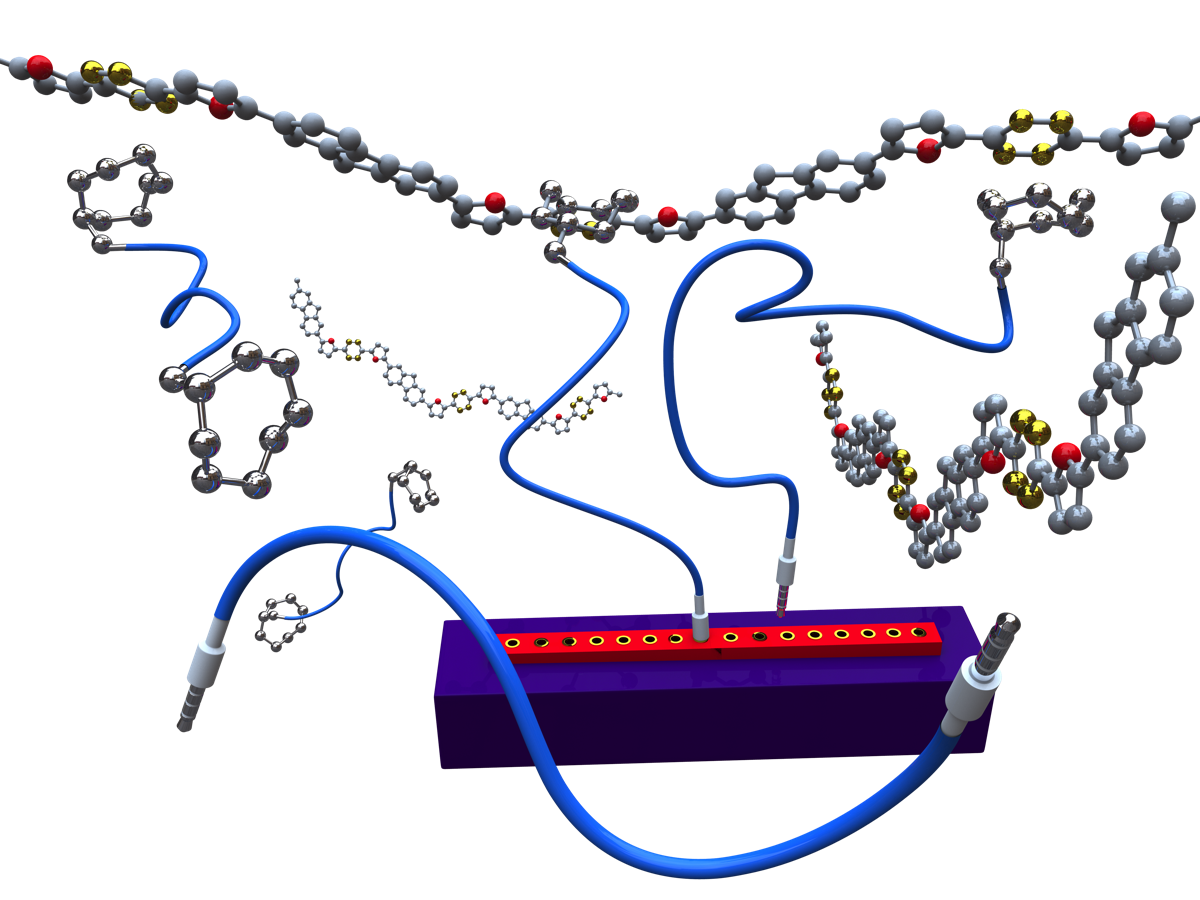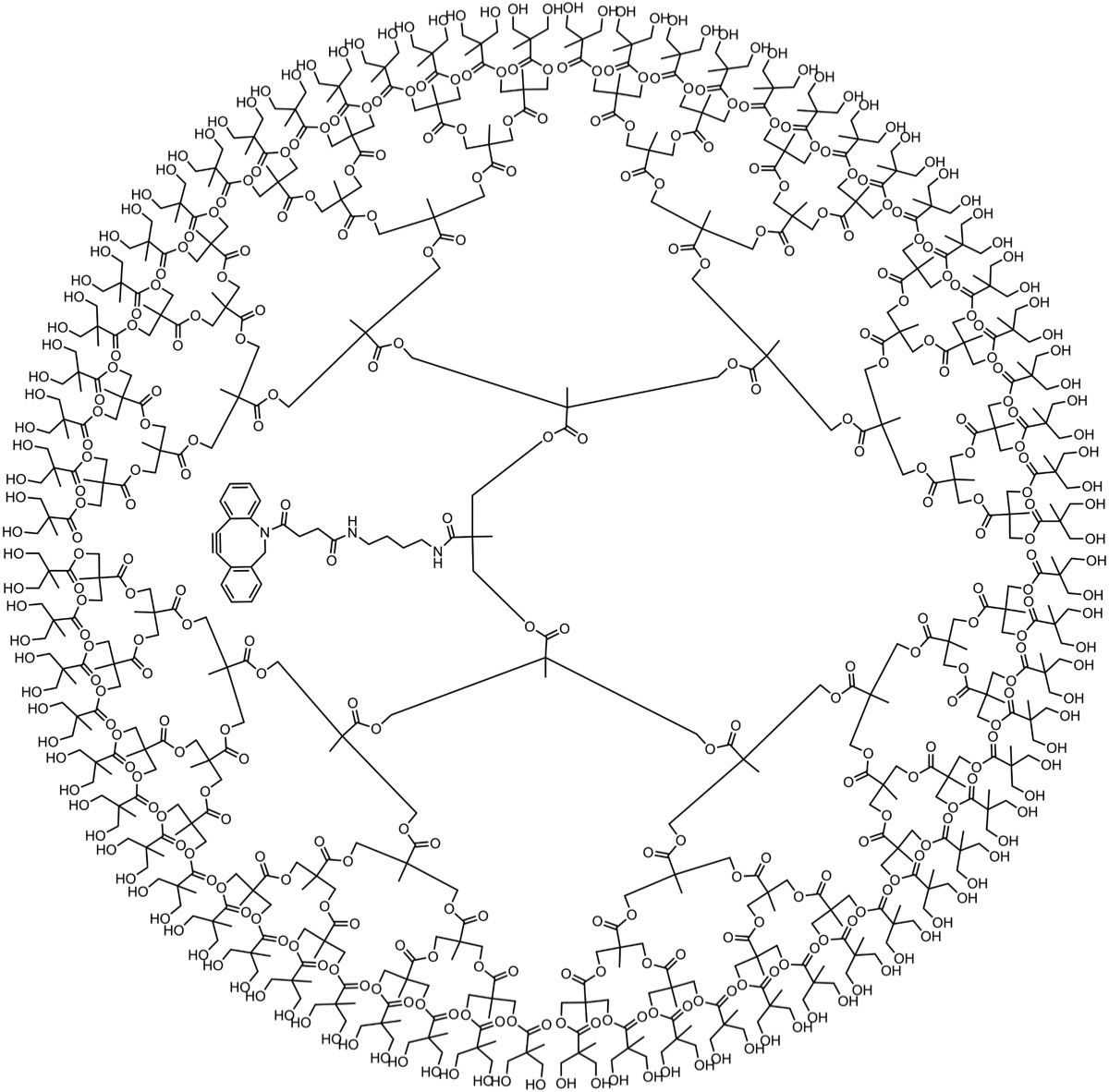Conjugated polymers have been shown to interact strongly with single-walled carbon nanotubes (SWNTs) via supramolecular π-stacking. This is advantageous because polymer adsorption on the SWNT surface imparts solubility to the complex without adversely affecting the intrinsic properties of the nanotubes. In addition, the polymer structure can be synthetically manipulated to impart functionality and/or reactivity to the overall complex, as well as the ability to differentiate between different nanotube types, such as semiconducting and metallic SWNTs. Recent work in our group has focused on the design of polymers that are uniquely selective toward either semiconducting or metallic SWNTs, which represents an area of active current research (see our
review in Chemical Science). We continue to work on the development of new polymer structures, with enhanced selectivity for different SWNT species, that can be prepared and used on large scale.







